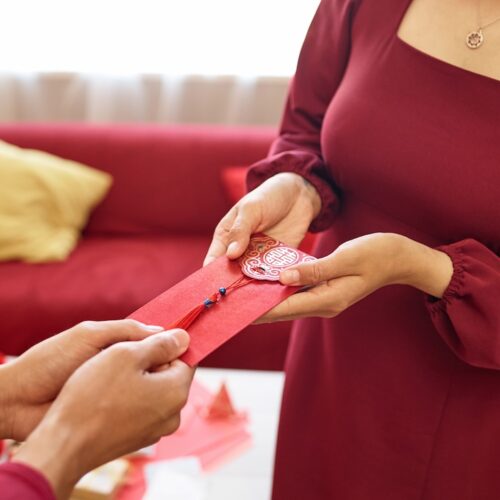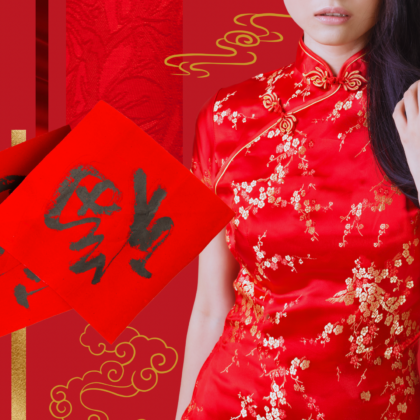Chinese New Year 2024 is upon us and that means it’s time to give — and receive! — red packets. But it’s not as simple as putting money in a red envelope and distributing it, there’s some lai see and hong bao etiquette you need to know and follow.
While many of us have grown up in Hong Kong, there is still a handful of us who are new to the Chinese culture and traditions this Fragrant Harbour holds. When the Lunar New Year approaches, we often catch ourselves asking, “Wait, so how exactly does lai see work?”. Stay respectful to age-old tradition and avoid a string of misfortune and judgement! From how much you’re expected to give to lucky sayings and numbers, who is and who isn’t to distribute red packets and more, we’ve highlighted all the lai see do’s and don’ts. Save this cheat sheet for The Year of the Dragon!
Read More: Chinese New Year – Lunar New Year Traditions & Taboos Explained
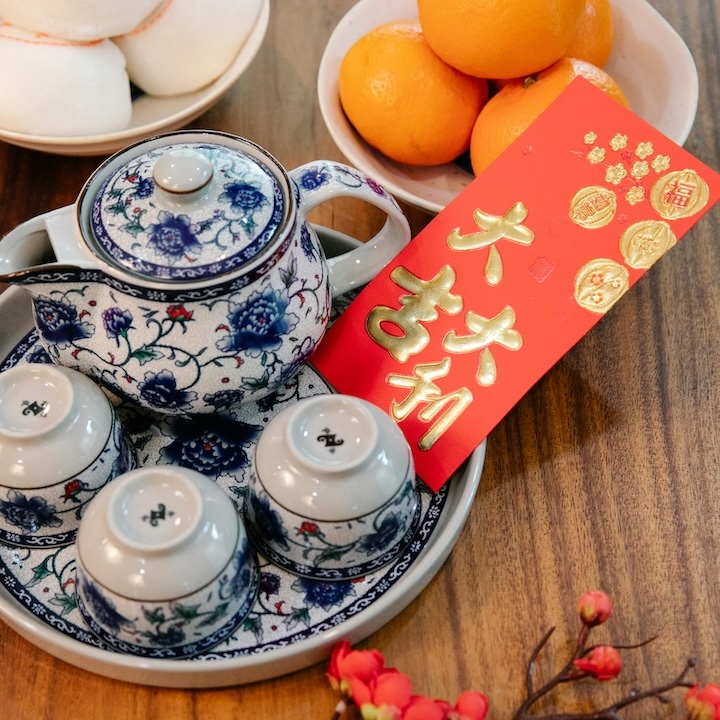
The Tradition Of Lai See Red Packets In Chinese New Year
According to ancient Chinese folklore dating back to the Han Dynasty (206 B.C.–220 A.D.), it’s believed that an evil spirit would roam the streets on Lunar New Year’s Eve and attack anyone who was sleeping.
One year, a couple gave their son a pocket of gold coins to play with — who wrapped and unwrapped them in a red cloth to distract himself and stay awake. He did eventually fall asleep but when the demon approached, the gold coins shone so bright they warded the evil spirit off. This led to the belief that the colour red wards off evil and started a tradition of giving lai see red packets for good fortune.
The gold coins eventually changed to bills but the symbolism of the colour red remains. Lai see is distributed at auspicious events and occasions like Lunar New Year, weddings, birthdays and other festive gatherings.
Read More: 2024 Chinese New Year Gift Hampers & Festive Food Baskets In Hong Kong
Who Gives To Who — The Big To Small Rule For Lai See
Lai See is distributed to wish prosperity and good luck for the coming year from seniors to juniors, parents to children, married couples to single relatives and employers to their employees. Rule of thumb, go from big to small to avoid being seen as rude. The elder ones in the family also give lai see to domestic helpers, security guards and service providers.
It’s always good to carry spare red packets containing $20 in your bag, so you can hand lai see out to miscellaneous service staff like waitstaff, those who help you find taxis at hotels and so on.
Read More: The Best Hong Kong Hotels & 2024 Chinese New Year Staycation Packages
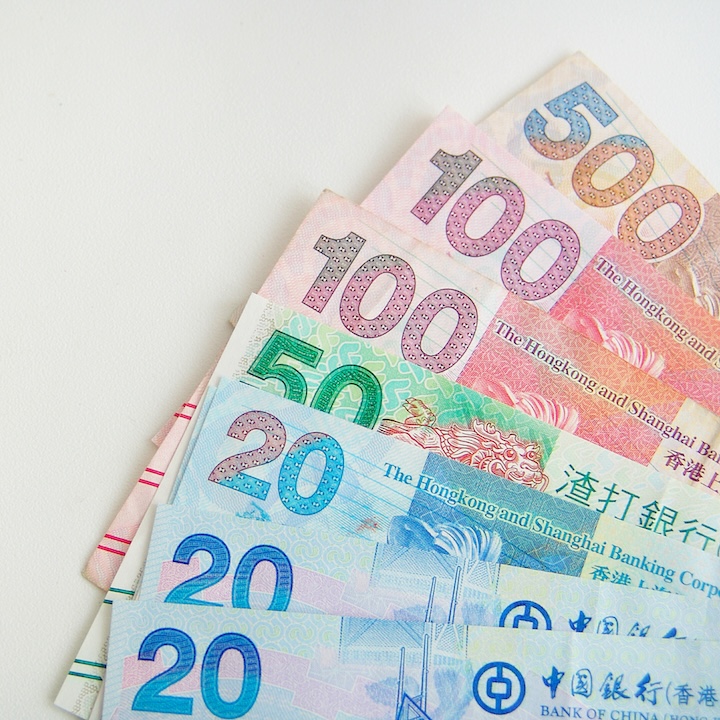
How Much Lai See To Give And Numbers To Avoid
The amount of lai see given in red packets is largely dependent on the closeness of the relationship between the giver and receiver. The closer you are, the more you are expected to give. And there are a number of customs you need to keep in mind, including:
- Each lai see packet can only contain one single dollar bill — use crisp notes either straight from the bank or good-as-new ones.
- Do not give coins or crinkled and wrinkled notes.
- Do not give lai see amounting to odd numbers as it’s associated with bad luck (our banknotes are all even which makes it easier for you!).
- Do not give increments of four; the number four (四) in Chinese is pronounced sei which sounds identical to the word “死”, also pronounced sei but meaning death.
Sassy Tip: Stay organised — group different red packets for different groups so you don’t accidentally end up giving the wrong ones!
As a rough outline for how much to give, you start with $20 for security guards and start going up to $100 to $300 for service providers and domestic helpers, and around $1,000 for close relatives. Again, this is all dependent on how much you want to give and how close you are. The reason for giving lai see red packets is to spread good fortune, wish luck and prosperity and pay respect, which ultimately amounts to much more than the money you collect.
Read More: How Much Money Should You Give As A Wedding Gift?
When To Give Lai See Red Packets
Lai see must be given within the 15 days of the Lunar New Year. You can start handing your red packets out on the first day — which falls on Saturday, 10 February, 2024 this year — and have them all distributed by Saturday, 24 February, 2024 which is the Spring Lantern Festival.
Read More: Where To Watch The 2024 Chinese New Year Fireworks In Hong Kong
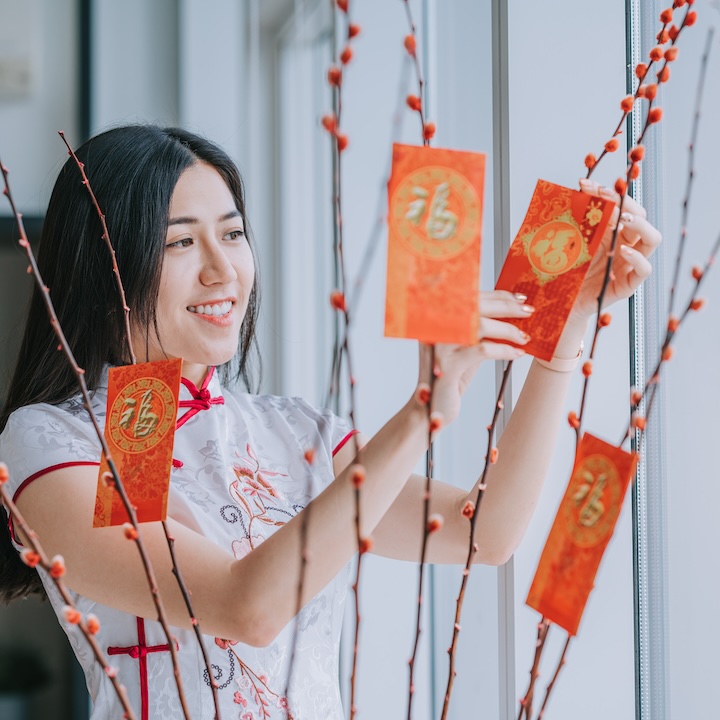
Kung Hei Fat Choy! What To Say When Giving And Receiving Lai See Red Packets
When giving red packets, the elders will usually wish success to the younger generation, whereas the receivers will wish good health to the elders. Nonetheless, the following greetings can go both ways:
- “Kung Hei Fat Choy” (恭喜發財) – Congratulations and wishing you prosperity.
- “Sun Nin Fai Lok” (新年快樂) – Happy New Year, or more formally, “Gung Ho Sun Hei” (恭賀新禧)
- “Sun Tai Gin Hong” (身體健康) – Wishing good health.
- “Dai Gat Dai Lei” (大吉大利) – Wish you good luck.
Don’t forget your “doh jeh” when receiving your red packets with two hands. And don’t open your lai see in front of the giver — it’s considered rude.
Now that you know exactly how to give lai see like a local, from all of us at Sassy, Kung Hei Fat Choy!
Read More: Chinese Classes In Hong Kong – Where To Learn Mandarin And Cantonese
Editor’s Note: “Red Packets Do’s And Don’ts: The Etiquette Of Giving Lai See” was most recently updated in January, 2024 by Nicole Moraleda.
Main image courtesy of SeventyFour via Getty, image 1 courtesy of Angela Roma via Pexels, image 2 courtesy of Yoyochow23 via Getty, image 3 courtesy of Edwin Tan via Getty.





 Eat & Drink
Eat & Drink



 Travel
Travel



 Style
Style



 Beauty
Beauty



 Health & Wellness
Health & Wellness

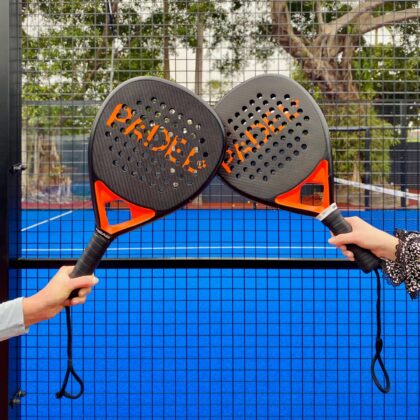

 Home & Decor
Home & Decor



 Lifestyle
Lifestyle
 Weddings
Weddings



